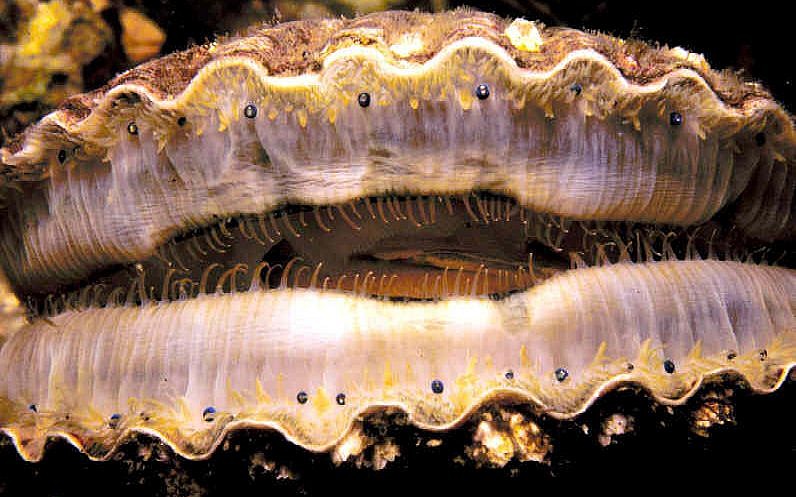Scallops may seem like pretty uninteresting creatures — except for the hundreds of eyes imbedded amongst tentacles along the edge of their shells.

Scientists have long wondered about the secret behind a scallop’s sight. LiveScience reports that Michael Land first discovered the mirrors at the back of scallop’s eyes and that they projected images onto their double retinas. But they never knew what exactly they were constructed of — until now.
A team of Israeli researchers used cryo-electron microscopes to get a good look into the scallop’s eye. It consists of three parts: a lens, a pair of retinas, and a mirror. The predominant question: what are the mirrors made of?

A study published in the journal Science tells the whole story. Each mirror is comprised of millions of square tiles of guanine. Guanine is found in nature in many capacities including chameleon skin, fish scales, and pearly crustaceans — but most of the time in prism form.
It is their collectively tiled arrangement that allows for the guanine tiles to actually reflect light. The layers of squares are directed at the double retinas, serving as the perfect mirrors for underwater vision. Scallops use their double retinas to examine varying aspects of their surroundings.
While scientists don’t yet exactly know how scallops form guanine crystals in this particular shape, they do know these tiny creatures can see the world in a big way.
Source: https://roaring.earth








